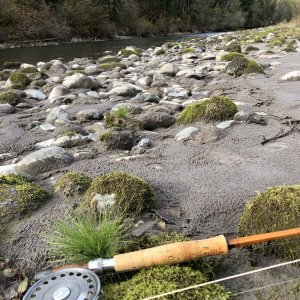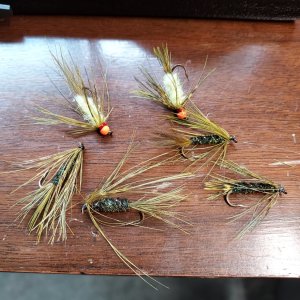How many of you folks are on well water? Any of you have experience with positive coliform tests - how often do you test, do you use home tests or a certified tester? If positive, do you just shock your well? Is it a recurring problem?
Reason I ask is we have put an offer on a property in New York state, a previous inspection had positive coliform test. Wondering how big an issue this is - apparently pretty common in NY state, but if it is a recurring issue, sounds like a new well or a chlorine injection system should be installed.
Thanks for your insights in advance.
Reason I ask is we have put an offer on a property in New York state, a previous inspection had positive coliform test. Wondering how big an issue this is - apparently pretty common in NY state, but if it is a recurring issue, sounds like a new well or a chlorine injection system should be installed.
Thanks for your insights in advance.












